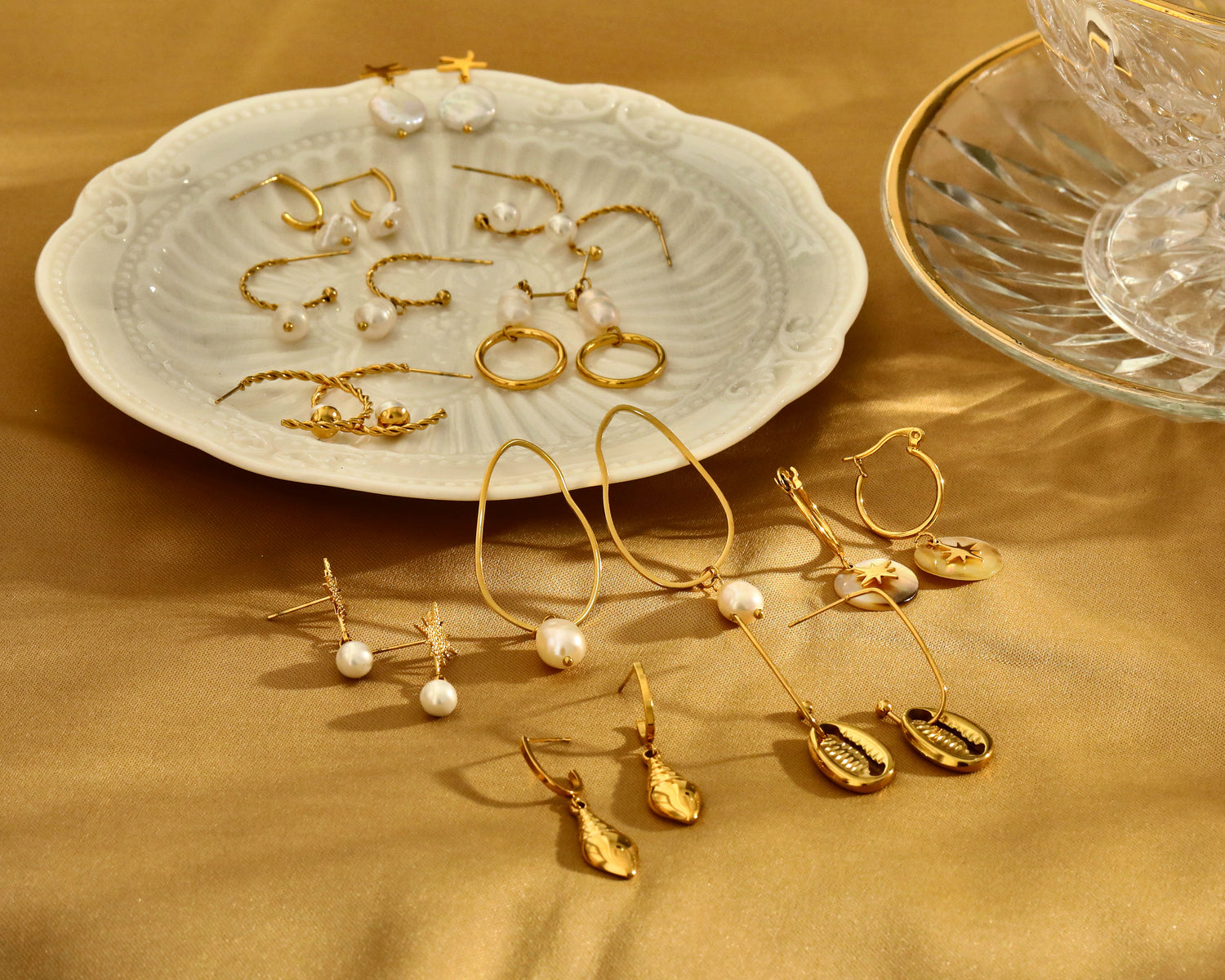MOISSANITE Gemstone (Diamond Alternative)
 MOISSANITE is a gemstone that has grown in popularity as an alternative to diamonds for jewellery, particularly engagement rings. One of the primary reasons is that they are much less expensive. To the untrained non-professional eye, they even appear identical to diamonds.
MOISSANITE is a gemstone that has grown in popularity as an alternative to diamonds for jewellery, particularly engagement rings. One of the primary reasons is that they are much less expensive. To the untrained non-professional eye, they even appear identical to diamonds.
Although moissanite can occur naturally in nature, it is usually lab created. They are a form of crystalline silicon carbide created in laboratories, much like lab created diamonds.
Despite their differing origins, diamonds and moissanite have much in common in terms of look and aesthetics.
Durability: Diamonds are renowned for their durability. They are the hardest naturally occurring mineral and can withstand much wear and tear. Moissanite, on the other hand, is not far behind. On the Mohs hardness scale, moissanite is second only to diamonds. On a scale of one to ten, diamonds are a ten, and moissanite is a 9.25-9.5.
Brilliance: In general, moissanite is considered to have more brilliance than a diamond. It is said to have more "fire", meaning it has more sparkle. Moissanite has over twice the dispersion value of a diamond, which means that it has a greater display of spectral colors, that is visible when you rotate the stone. The result is a slight rainbow-like effect, while diamonds reflect whiter light.
Ethical Considerations: Mined diamonds have been a curse for many communities in which diamonds are mined. Too often, the world’s diamond mines produce not only diamonds – but also civil wars, violence, worker exploitation, environmental degradation and unspeakable human suffering. In contrast, moissanite have no environmental impact or ethical issues. Learn more about the real human and environmental cost of diamonds.
Price: The biggest advantage of moissanite over diamonds is the price, for moissanite is considerably cheaper than a diamond. A moissanite gem is approximately one-tenth the cost of a mined diamond of equal size and quality.

